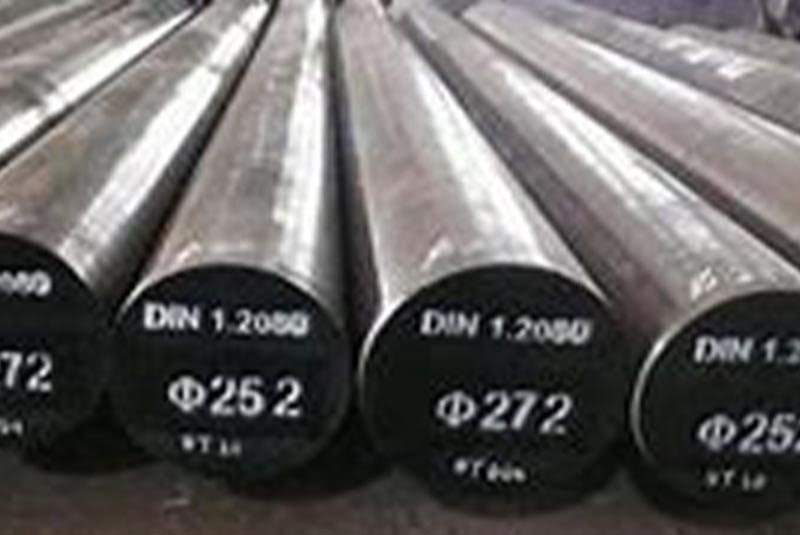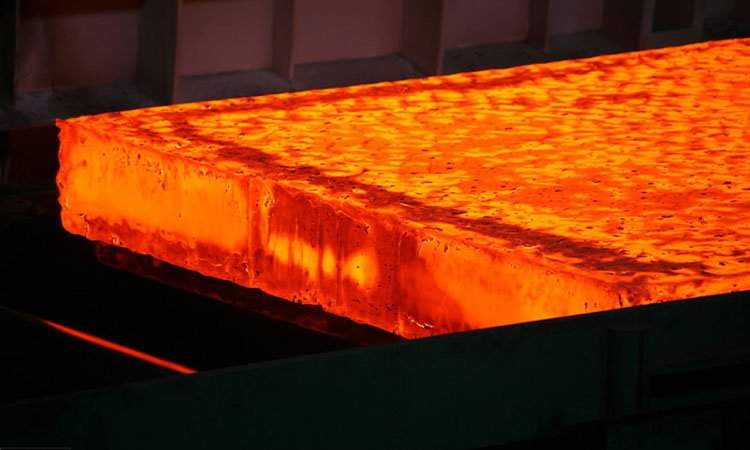Introduction
Choosing the right mould steel material is crucial for the success of any manufacturing project that involves mold making. The material you select will affect not only the quality and durability of the mold but also the efficiency and cost-effectiveness of the production process. This comprehensive guide aims to provide detailed insights into the different types of mold steel materials, their properties, applications, and how to make an informed choice for your specific project needs.
Understanding Mould Steel Materials

Mold steel materials are specifically designed to withstand the rigorous demands of molding processes, including high temperatures, pressure, and wear. The right material will ensure that your mold lasts longer, performs better, and produces high-quality parts consistently.
Types of Mould Steel Materials
There are several types of mould steel materials, each with distinct properties and applications. Here are some of the most common ones:
P20 Steel
- Properties: Pre-hardened, good machinability, and excellent polishability.
- Applications: Ideal for plastic injection molds, die casting dies, and other moderate volume production molds.
H13 Steel
- Properties: High toughness, excellent thermal fatigue resistance, and good wear resistance.
- Applications: Suitable for high-pressure die casting, extrusion dies, and forging dies.
420 Stainless Steel
- Properties: High corrosion resistance, good polishability, and hardness.
- Applications: Used for molds requiring high surface finish and corrosion resistance, such as those in the food and medical industries.
S7 Steel
- Properties: High impact resistance, excellent toughness, and moderate wear resistance.
- Applications: Suitable for tools and dies that require high impact strength, such as shear blades and punch dies.
NAK80 Steel
- Properties: Pre-hardened, high polishability, and excellent machinability.
- Applications: Commonly used for plastic injection molds requiring high surface finish.
Properties of Mould Steel Materials
To choose the right mould steel material, it’s essential to understand the properties that make each type suitable for different applications. Key properties to consider include:
- Hardness: Determines the material’s resistance to deformation.
- Toughness: The ability to absorb energy and resist fracture.
- Wear Resistance: How well the material can withstand abrasion and erosion.
- Thermal Conductivity: Important for managing heat during the molding process.
- Corrosion Resistance: Crucial for molds exposed to corrosive materials or environments.
- Machinability: Affects how easily the material can be shaped and finished.
Comparing Different Mould Steel Materials
Selecting the right mould steel material involves comparing their properties and suitability for your specific application. The following table provides a comparison of some common mold steel materials:
| Property | P20 Steel | H13 Steel | 420 Stainless Steel | S7 Steel | NAK80 Steel |
|---|---|---|---|---|---|
| Hardness | Moderate | High | High | Moderate | Moderate |
| Toughness | High | High | Moderate | Very High | High |
| Wear Resistance | Moderate | High | Moderate | Moderate | Moderate |
| Thermal Conductivity | Moderate | High | Moderate | Moderate | Moderate |
| Corrosion Resistance | Low | Moderate | High | Low | Low |
| Machinability | High | Moderate | Moderate | Moderate | High |
| Typical Applications | Injection molds, die casting | High-pressure die casting, extrusion dies | Food and medical molds | Shear blades, punch dies | Injection molds requiring high surface finish |
Factors to Consider When Choosing Mould Steel Materials
When selecting mold steel material, consider the following factors to ensure you make the best choice for your project:
Production Volume
- Low to Medium Volume: Materials like P20 steel are cost-effective and sufficient for moderate production runs.
- High Volume: H13 steel, with its high wear resistance, is better suited for high-volume production.
Mold Design Complexity
- Simple Designs: Materials with good machinability like NAK80 steel are ideal.
- Complex Designs: Require materials that offer high precision and stability, such as 420 stainless steel for its excellent polishability.
Working Environment
- Corrosive Environments: 420 stainless steel is recommended for its high corrosion resistance.
- High-Temperature Environments: H13 steel is suitable for its excellent thermal fatigue resistance.
Cost Considerations
- Budget Constraints: P20 steel is a cost-effective option for many applications.
- Long-Term Investment: More expensive materials like H13 or 420 stainless steel may offer better durability and performance, reducing long-term costs.
Required Surface Finish
- High Surface Finish: 420 stainless steel and NAK80 steel are ideal for molds that require a high-quality surface finish.
- Standard Finish: P20 steel is sufficient for standard surface finish requirements.
Tool Life and Maintenance
- Long Tool Life: Materials with high wear resistance like H13 steel will reduce the frequency of maintenance and tool replacement.
- Easy Maintenance: Pre-hardened materials like P20 steel and NAK80 steel are easier to maintain and repair.
Applications of Different Mould Steel Materials

Understanding the applications of different mold steel materials can help you choose the right one for your specific needs. Here are some common applications:
Plastic Injection Molds
- P20 Steel: Suitable for moderate volume production molds due to its good machinability and polishability.
- NAK80 Steel: Preferred for molds requiring high surface finish and precision.
Die Casting Dies
- H13 Steel: Ideal for high-pressure die casting applications due to its high toughness and thermal fatigue resistance.
- P20 Steel: Can be used for low to moderate volume die casting dies.
Extrusion Dies
- H13 Steel: Provides the necessary toughness and wear resistance for extrusion dies used in high-pressure applications.
Medical and Food Industry Molds
- 420 Stainless Steel: Offers high corrosion resistance and is suitable for molds used in sterile environments or those exposed to corrosive materials.
High-Impact Tools and Dies
- S7 Steel: Excellent for tools and dies requiring high impact strength, such as shear blades and punch dies.
Conclusion
Selecting the right mould steel material is a critical decision that impacts the quality, durability, and cost-effectiveness of your mold. By understanding the properties, applications, and factors to consider, you can make an informed choice that aligns with your project requirements. Whether you need a material that offers high toughness for die casting or high corrosion resistance for medical molds, this comprehensive guide provides the insights needed to choose the best mold steel material for your specific needs.
FAQ
What is the most important factor to consider when selecting mould steel material?
The most important factor is the specific requirements of your project, including production volume, working environment, and desired tool life. These factors will guide you in choosing a material with the right balance of properties.
Can I use the same mold steel material for different applications?
While some mold steel materials like P20 and H13 can be versatile, it’s generally best to select a material that is specifically suited to the demands of your particular application to ensure optimal performance and durability.
How does the working environment affect the choice of mould steel material?
The working environment, such as exposure to high temperatures or corrosive substances, can significantly impact the performance and longevity of the mold steel material. Choosing a material with the appropriate properties for your environment is crucial.
Why is machinability important in mold steel selection?
Machinability affects how easily the material can be shaped and finished, which in turn impacts the manufacturing time and cost. Materials with good machinability can reduce production time and improve the overall efficiency of the mold-making process.
What are some common maintenance practices for mould steel materials?
Regular inspections, proper lubrication, and timely repairs are common maintenance practices. Additionally, following the manufacturer’s guidelines for maintenance and using the right cleaning agents can help extend the life of the mold steel material.
Are there any environmentally friendly mould steel materials?
Some mold steel materials are designed to be more environmentally friendly by being easier to recycle or by reducing the need for harmful chemicals in their maintenance. However, the primary consideration should still be the material’s suitability for your specific application.
